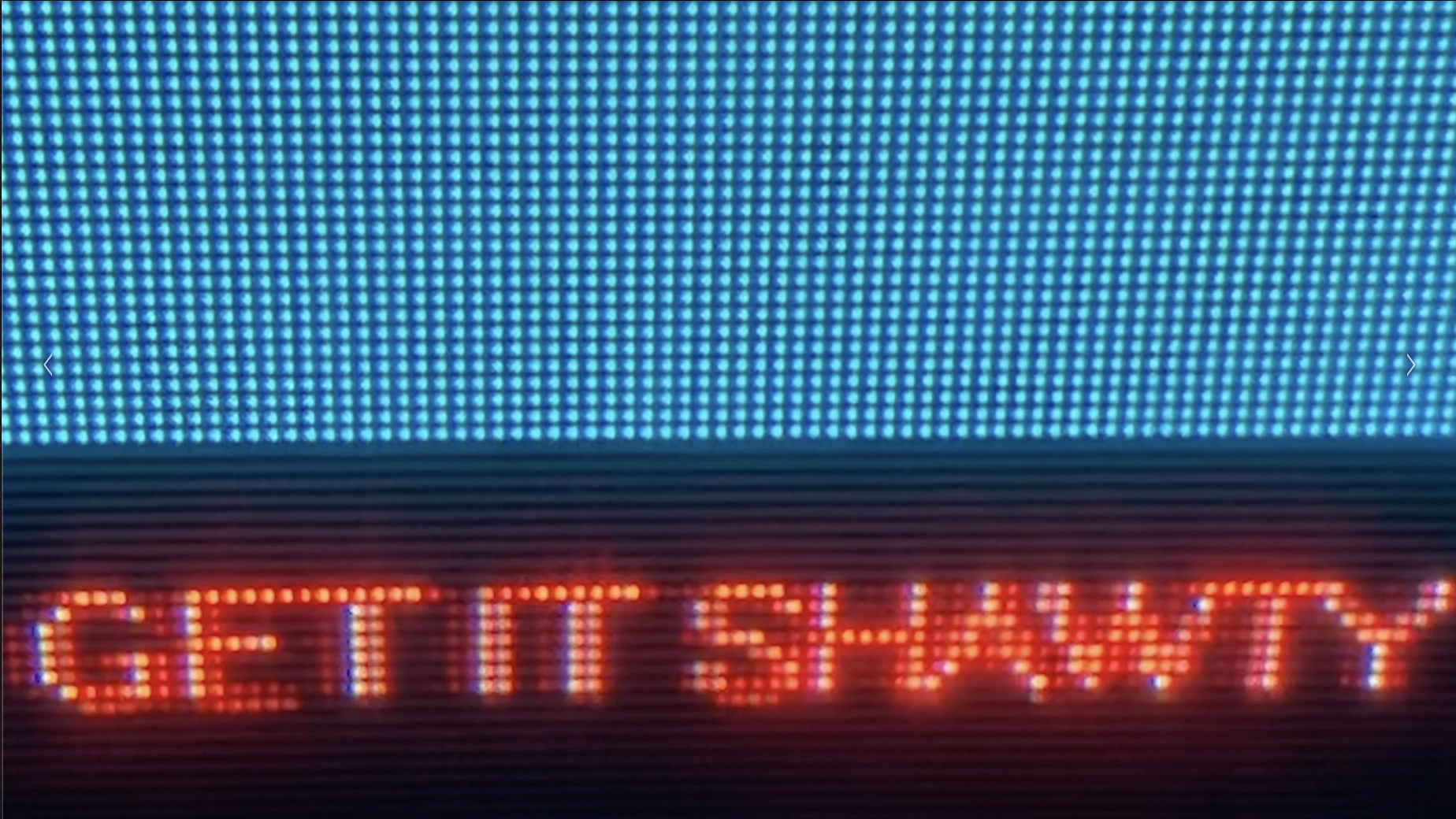These days, there’s a lot of talk about short-form video—again. Since the rise of the post-Vine video app TikTok, fashion, media, and tech platforms are “pivoting” back to the medium, hoping to draw in the ever-elusive marketing category of Gen Z. Yet the cynicism of that undeniable framing can cloud the minds of writers and critics who are supposed to care about moving image, at least those of us who are trying to hold on to precarious blogging gigs. If video’s in again, there looms another round of layoffs, already-recycled jobs thrown back to the dumping grounds.
But really, who cares? Digital has always been a mess. You don’t sign on to online cultural production with the promise of stability; you do it with a hunger to be heard. And today’s most exciting video artists and short-form filmmakers are no different: whether their work is on TikTok, Instagram, or a major magazine’s website, what matters is that today, in this moment, eyes get on it. The future will have to sort itself out.
No emerging filmmaker embodies this immediacy better than twenty-nine-year-old Fox Maxy (Mesa Grande Band of Mission Indians and Payómkawichum), who is so open and unpretentious that discussing his thoughtful and ambitious work feels like talking with an old friend. Coming out of the fashion production world in New York, Maxy captured attention by posting super-short videos on Instagram—years of archival footage shot on his iPhone in and around his community in San Diego. All edited to a soundtrack of carefully selected songs and rhythms (one includes a Dolly Parton Easter tune interlude), some sequences feel like nature documentary, the only doc form Maxy is explicitly interested in. Others are deeply experimental or come off like (auto)biography. Maxy’s more recent videos, such as Maat (2020) and San Diego (2020) are longer, running around thirty to forty minutes, and more elliptical.
The longer duration allows for several shifts in tone and pacing. At the beginning of Maat, a kid in sweats and sneakers lethargically roams the land, the camera quickly cutting between perspectives, including another person’s sunlight-bathed profile and glimmering earring. A dreamy, tinkling soundtrack plays before it’s interrupted with a traditional American pop song a la Bing Crosby, with the line “where do you go when you feel your brain is on fire?” In San Diego, dynamic, irreverent scenes of Maxy roaming city streets with friends give way to stiller, high-tension moments of protest and then to calmingly detailed views of the desert.


